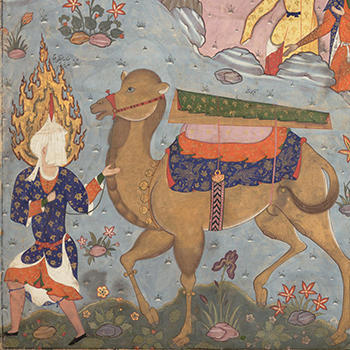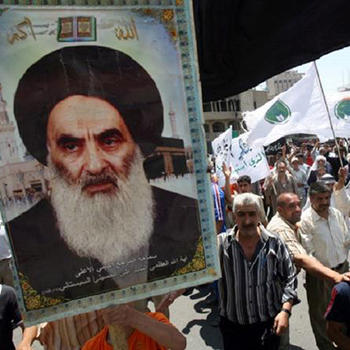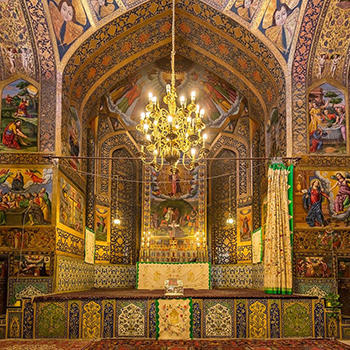While the social and political capacities of Shi’ism had remained largely dormant throughout much of the 19th and 20th centuries, in recent decades Shi’ism has been undergoing a substantive global revival given the major socio-political developments in the Middle East and South Asia and the flourishing of Shi’a diaspora communities across the world, especially in the West. From the establishment of a modern Shi’a theocracy in Iran following the 1979 revolution and the historic political empowerment of Arab Shi’a Islamists in Iraq after the 2003 war to the current war in Yemen and democratic uprisings in Bahrain, Shi’ism has been gaining larger prominence on the world stage. Importantly, the internal diversity of Shi’ism is finding greater resonance including for Twelver, Ismaili, Zaydi, Alawi, Alevi, and other communities -- in addition to the rich ethnic composition of Shi’a Muslims hailing from Arab, Iranian, South Asian, African, and other ethnic backgrounds. Moreover, the urbanization of Shi’a societies, the modernization of the millennia-old transnational Twelver Shi’a seminary system, the establishment of an extensive modern education and charitable network by the Aga Khan, the spread of mainstream Shi'a mystical and philosophical thought, and unprecedented mass pilgrimage practices including the annual Karbala pilgrimage to Imam Hussein’s shrine in Iraq—as the world’s largest human gathering—all demonstrate these profound socio-cultural developments in the Islamic world.
Yet despite such structural and impactful processes of change, much of the existing research and policy-focus on contemporary Shi’ism is often centered on security studies: militias, proxy wars, the Iran challenge, and terrorism studies. Such research looks at the phenomenon of Shi’a militias in the Middle East or focuses on Iranian regional policy and the nuclear stalemate in an ad hoc manner or tactical level, uncontextualized within the larger phenomena of historic Shi’a socio-political transformations. Although these topics are in fact important, their focus is myopic and over-represented in the current body of literature and by no means exhaustive or representative of the rich diversity of social and political issues pertaining to at least 220-250 million Shi’a across the globe today.
In order to re-focus scholarly attention on these larger global and interconnected issues, the Project on Shi’ism and Global Affairs focuses on the larger transformative and strategic changes happening across the Shi’a worlds on both a socio-political level as well as the cultural values and ideology that drive these larger phenomena. Accordingly, the Project on Shi'ism and Global Affairs pursues advanced research on four interdisciplinary categories:




